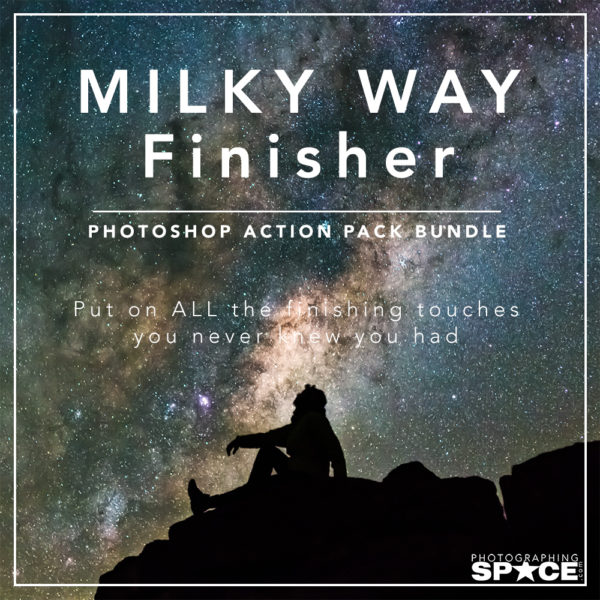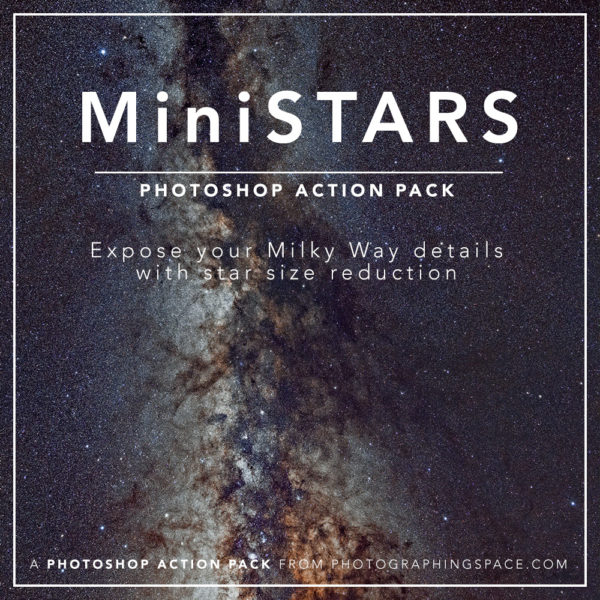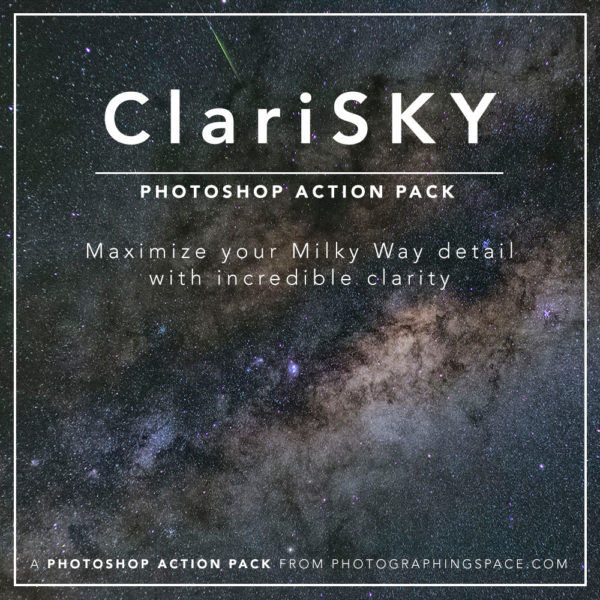What you see is not what you get
When astronomical data is pre and post-processed correctly, the data, color, structure, and beauty is there!
I wanted to demonstrate graphically how important and powerful the process of acquisition, calibration, integration (also known as reduction or stacking, “pre-processing”), and post-processing (image enhancement) is for astronomical images.
I don’t want people new to astrophotography to be discouraged by what they see on the camera from a single exposure, as it can be VERY disappointing at times. After a few years of experience, I still often get disappointed by the looks of a single image after it comes in, so I still have to remind myself what processing can do. When astronomical data is pre and post-processed correctly, the data, color, structure, and beauty is there!

The first image above is a single 6-minute RAW exposure from a Baader IR-modded Canon 550D DSLR attached to a Vixen ED80sf (f/7.5) telescope. Not a single change was made, except conversion to JPEG.
The second image is an integrated (stacked) and histogram-stretched version of the same target. 33 RAW DSLR exposures, all calibrated with loads of dark, flat, and bias frames.
The third image is the fully post-processed image after extensive work in PixInsight.
See the final Rosette nebula below. Nothing magical has been done, just a lot of work and patience.
If you do it right, it works!

Final image details
Exposure and calibration
33x6min ISO800 sub exposures, 3.3 hours total integration time
21 dark, 35 flat, 107 bias
Equipment
Vixen ED80sf 80mm APO refractor
Celestron CG-5 ASGT mount
Orion SSAG autoguider + 50mm guide scope
Canon T2i 550D DSLR (Baader IR modded)
Orion Field Flattener
Software
Image acquisition with BackyardEOS
Guiding with PHD
Pre-processing: calibration, alignment, and integration (stacking) with PixInsight
Post-processing with PixInsight







well done!
Thanks! Hope it’s helpful!
Hi Cory,
Very nice image! My formula for “darks/flats/bias” is about 25% of the “lights”. I notice that you took 107 bias. Why so many?
Hi John,
Everything I’ve read and learned about bias is that you want a LOT of them, so I settled on 100…plus they’re so easy to shoot anyway. 🙂
Cheers,
Cory
Would a canon EOS REBLE t6 work (AKA 1300D)
Hi there,
Yes! A t6i / 1300D can definitely work!
Cheers and clear skies,
Cory
To save space, can the bias, dark, and flat frames be shot in Jpeg instead of Raw? Can I just do the lighter frames (the actual picture of the nebula) in Raw? Or does everything have to be done in Raw?
Hi Charles,
My apologies for the delay!
The answer is no — do not shoot anything in Jpeg, shoot raw for everything.
Cheers,
Cory